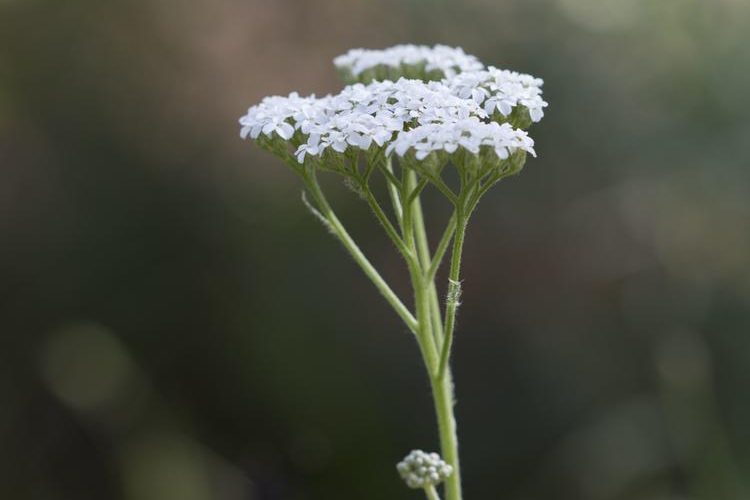Achillea millefolium
Family: Asteraceae
Habitat and cultivation: Throughout North America, Europe and Asia.
Parts used: Aerial Parts – Harvest during Flowering.
Actions: Antipyretic, Diaphoretic, Peripheral vasodilator, Hypotensive, Venous Tonic, Astringent / Antihemorrhagic, Haemostatic / Styptic (local, such as nose bleeds), Anti-platelet- achilleine, an alkaloid constituent, may lower clotting time, Antimicrobial, Antiinflammatory (chamazulene / volatile oil), Spasmolytic, Bitter tonic, Vulnerary, Stimulant, Emmenagogue (abortifacient – thujone)
Specific indications: Fever, Common Cold / Flu, URTI’s, Digestive complaints i.e. anorexia, dyspepsia, GIT spasm, Loss of Appetite (Commission E), Diarrhea, Dysentery, Hypertension, Varicose veins, Hemorrhoids, Amenorrhoea, Menorrhagia, UTIs, Mild uterine bleeding, Pelvic cramping, Topically for wounds and to stop bleeding – slow healing wounds, Topically Skin Disorders – inflammatory.
System affinity: All systems!
Energetics: Cool, dry, Sweet & Astringent with slightly BITTER TASTE
Contraindications: Known Allergy and Pregnancy
Preparation and dosage: Tincture: 2 – 6ml 1:2 liquid extract / day Dried Plant Equivalent:
6 – 12 g / day dried aerial parts (infusion). Use infusion of leaves to reduce fevers and a digestive tonic. Use infusion of flowers externally as a wash for eczema.
Other uses:
To stop a Nosebleed: Insert Leaf into Nostril
Poultice: Bind washed, fresh leaves to cuts and grazes
Inhalation: For hay fever and mild asthma, use fresh flowers in boiling water
Compress: Soak a pad in the infusion of aerial parts or dilute tincture to soothe varicose veins
